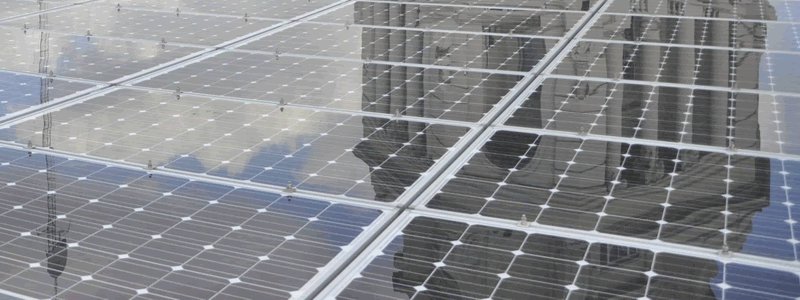
China has moved to secure a foothold in Argentina’s nascent PV market following the announcement of a 3 GW solar plan by President Mauricio Macri. A consortium of Power China, Shanghai Electric and Argentinean state-owned Jujuy Energía y Minería Sociedad del Estado was awarded an initial project 300 MW of solar within a week of the 3 GW solar target being unveiled. Although it is unclear from local reports, it seems likely the Chinese plant will be located in the northern community of La Quiaca, on the border with Bolivia.
In an official act with Macri this month Jujuy governor Gerardo Morales said La Quiaca would be the site of province’s first solar plant. It is due to enter operation next year. Morales also confirmed plans for a 500 kW plant in Catua and another in Toro, both in the west of the province. He cited Quebrada de Humahuaca, in the north, as another likely site for solar development. Morales said the regional government was preparing an auction for further capacity, but did not give further details.
The 3 GW target, announced this month in Jujuy, the northernmost province in the nation, forms part of the Argentinean government’s 10-year Plan Belgrano to invest USD$16 billion in infrastructure projects across Argentina’s northern provinces.
Jujuy forms part of the Puna high desert region, with less than 200 mm of rainfall a year and high solar resource.
Macri, who has been talking up the benefits of renewable energy following his election by a narrow margin last December, said further solar development was being considered in Mendoza province, in the mid-west of the country. The unveiling of solar targets follows the approval last year of a renewable energy law that aims to increase the penetration of renewables to 8% by 2017 and 20% by 2025.
Wind and solar accounted for just 0.2% of total generation in 2015, according to figures from the Argentinean Electricity Development Foundation (Fundación para el Desarrollo Electrico). Fossil-fuel generation accounted for 63.9% of Argentina’s energy mix in 2015, with hydro adding a further 29.6% and nuclear 4.9%. The country imports about 1% of its power, with Jujuy currently buying around 200 MW a year from Chile, Morales said. Argentina has around 10 MW of solar installed so far.
But while the call for gigawatt-scale development looks good on paper it remains to be seen which foreign developers will be attracted to the market.
Chinese companies could be well placed to pick up early bids because China has a strategic interest in the region, where it is securing resources, allies, and clients taking a long-term, calculated risk. China’s foreign strategy could be enough to override concerns about Argentina’s erratic economy. Shanghai Electric, for example, is one of a number of Chinese firms looking to benefit from a possible nuclear reactor deal with Argentina in 2017, according to World Nuclear News.
Beside China, Europe is Argentina's largest trade partner after Brazil, accounting for more than 16% of total Argentine trade (for a value € 18.3 billion). The United States also share mutually-beneficial trade relationship with Argentina, for total trade in goods reaching $14.8 billion in 2013.
While in the short term Argentina, according to Tyler Ogden, research associate at Lux Research, “ is going to remain a relatively small, niche market” mostly attracting developers with strong Latin American experience that want to diversify across the region, “The government is sending clear signals that they do want to support projects” in Latin America's third-largest power market.
